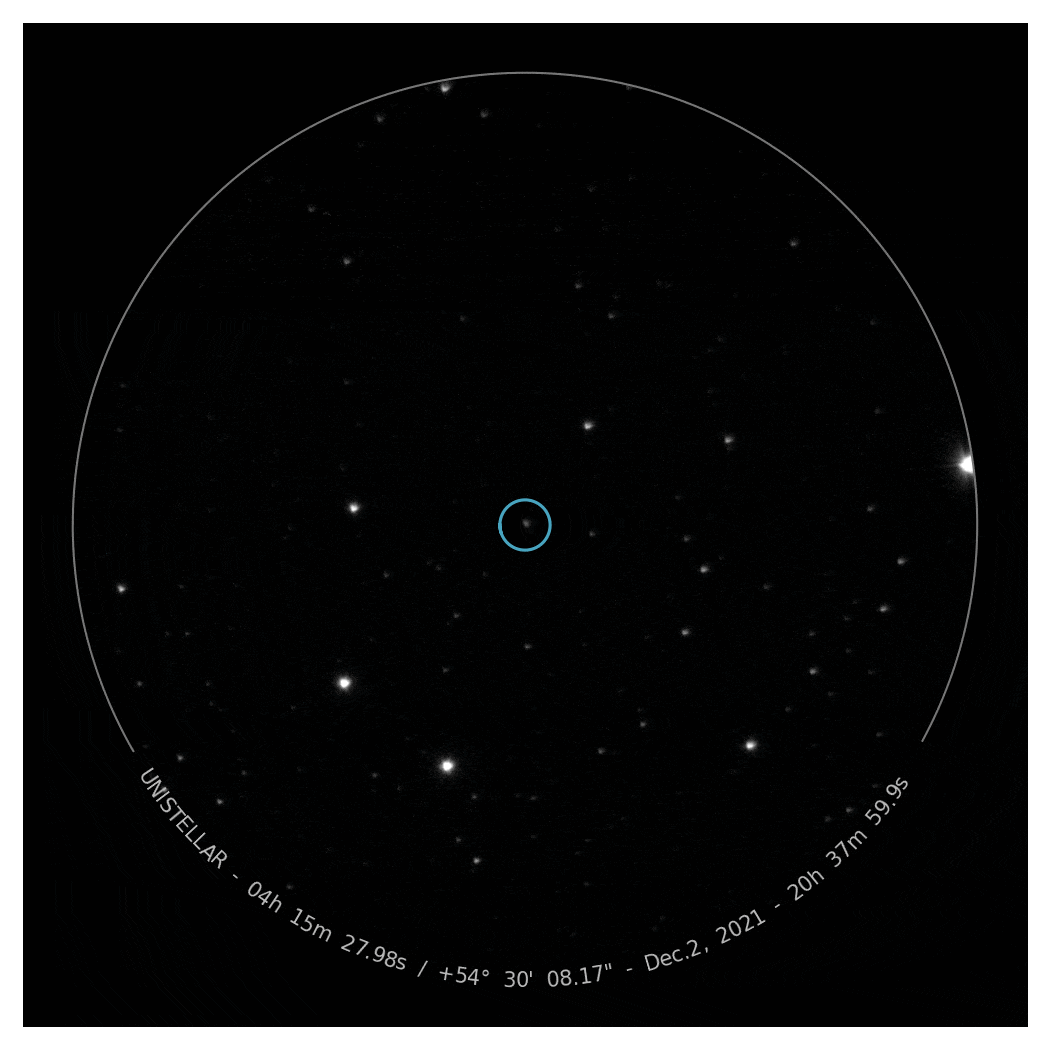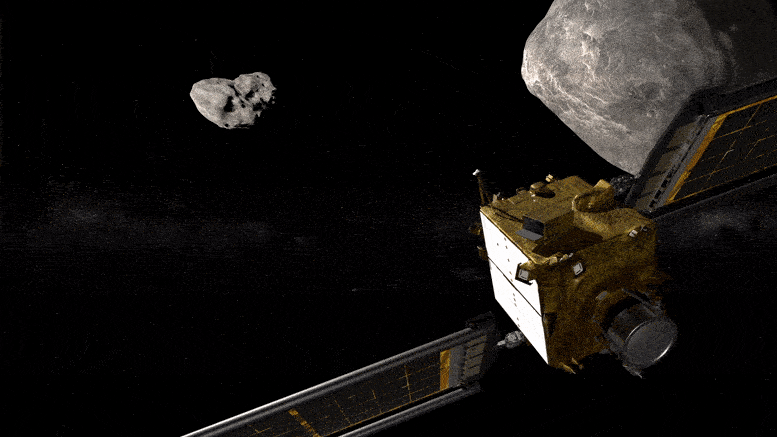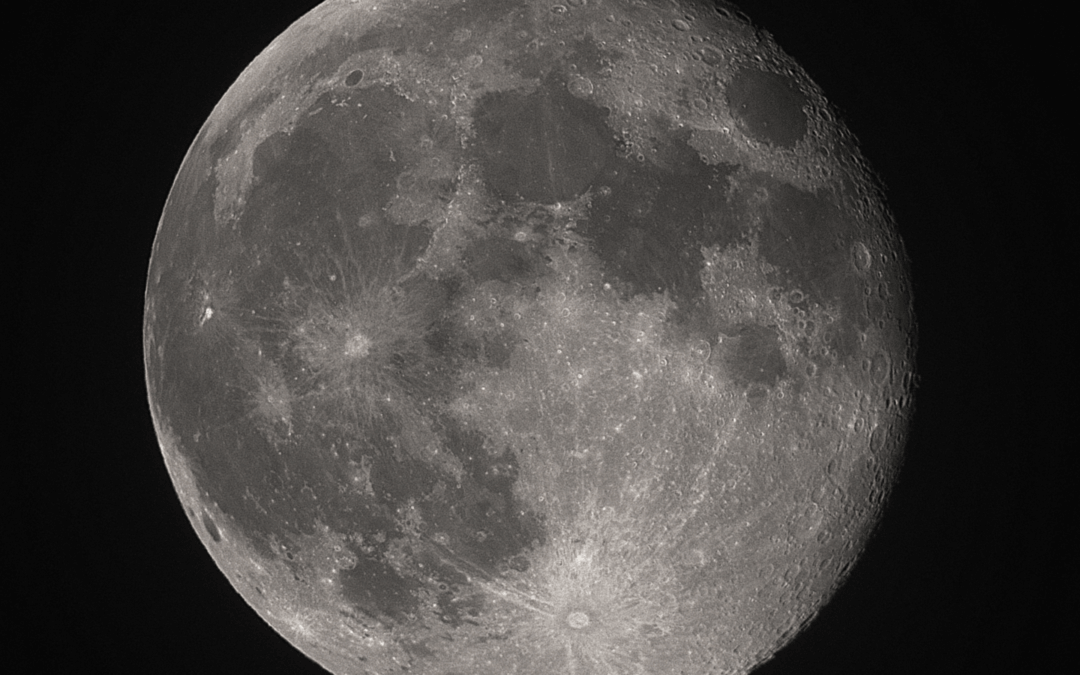We think of outer space as mostly that: space. But as our planet travels along its orbit, it’s hit by around one hundred tons of interplanetary material every day. Meanwhile, astronomers are keeping an eye on over 29,000 known Near-Earth Objects (NEOs), over 2,000 of which are classified as “potentially hazardous,” signifying that they cross Earth’s orbit and are over 140m wide
Most of these comets and asteroids in our neighborhood pose no threat to Earth, but those that come closest — the potentially hazardous objects — receive special treatment. Experts track these solar-system bodies closely to monitor their locations and trajectories. This helps space scientists to understand what would happen in case of an impact with Earth and, most importantly, to identify potential preventative solutions. The latter is known as Planetary Defense.
The ultimate goal of planetary defense is to be prepared to change the trajectory, or otherwise eliminate the threat, of a Near-Earth Object that’s on a collision course with our planet. Observing these objects is key, not just to monitor for potential threats, but also to understand enough about each object — like its size, shape, speed and path — to discern what it would take to deflect it. For instance, knowing an asteroid’s shape could allow us to install an engine on its surface that would shift its trajectory away from our planet.

Citizen Astronomer Bruno G.’s observation of potentially hazardous asteroid Nereus.
Unistellar Planetary Defense program
A large part of a robust planetary defense strategy starts with observations of Near-Earth Objects. Citizen Astronomers regularly use their Unistellar telescopes to spot NEOs and share their data with astronomers, who in turn use the observations to refine their orbits, measure their rotation periods, and build models of what they look like.

Credit: NASA / JHU APL.
We’ll have a thrilling demonstration of planetary defense this September, when NASA is running their first-ever asteroid deflection mission. It’s called the Double Asteroid Redirection Test, or DART, and will involve crashing a spacecraft into a nearby asteroid in order to change its orbit. On September 26, we’ll find out what really happens when we try to deflect an asteroid with a kinetic impactor.
The dinosaurs didn’t have a planetary defense program, but luckily we do! Don’t let an NEO end our era — participate in the Unistellar Planetary Defense campaign today.
Further readings
3 Reasons to observe this month
Every month, discover three unmissable celestial events to observe with your Unistellar telescope.
Observing Eclipses on Jupiter: Cosmic Spectacles Through a Telescope
The latest Unistellar App Update, version V3.0, is now live. Explore a smooth stargazing experience !
Unistellar Community Included In Multiple Scientific Papers
Did you know Unistellar Citizen Astronomers are often cited in published scientific papers? Find out how you can contribute too!
What Are the Names of All the Full Moons in 2024?
Discover the enchanting names of the full moons in 2024. Delve into the unique character of each lunar spectacle and embrace the allure of the night sky.
New Unistellar App Update: Version 3.0
The latest Unistellar App Update, version V3.0, is now live. Explore a smooth stargazing experience !
What to Observe This November: Open Star Clusters and More
These Halloween deep-sky objects will add some light to those dark, spooky nights. Treats, tricks, and telescopes await!






